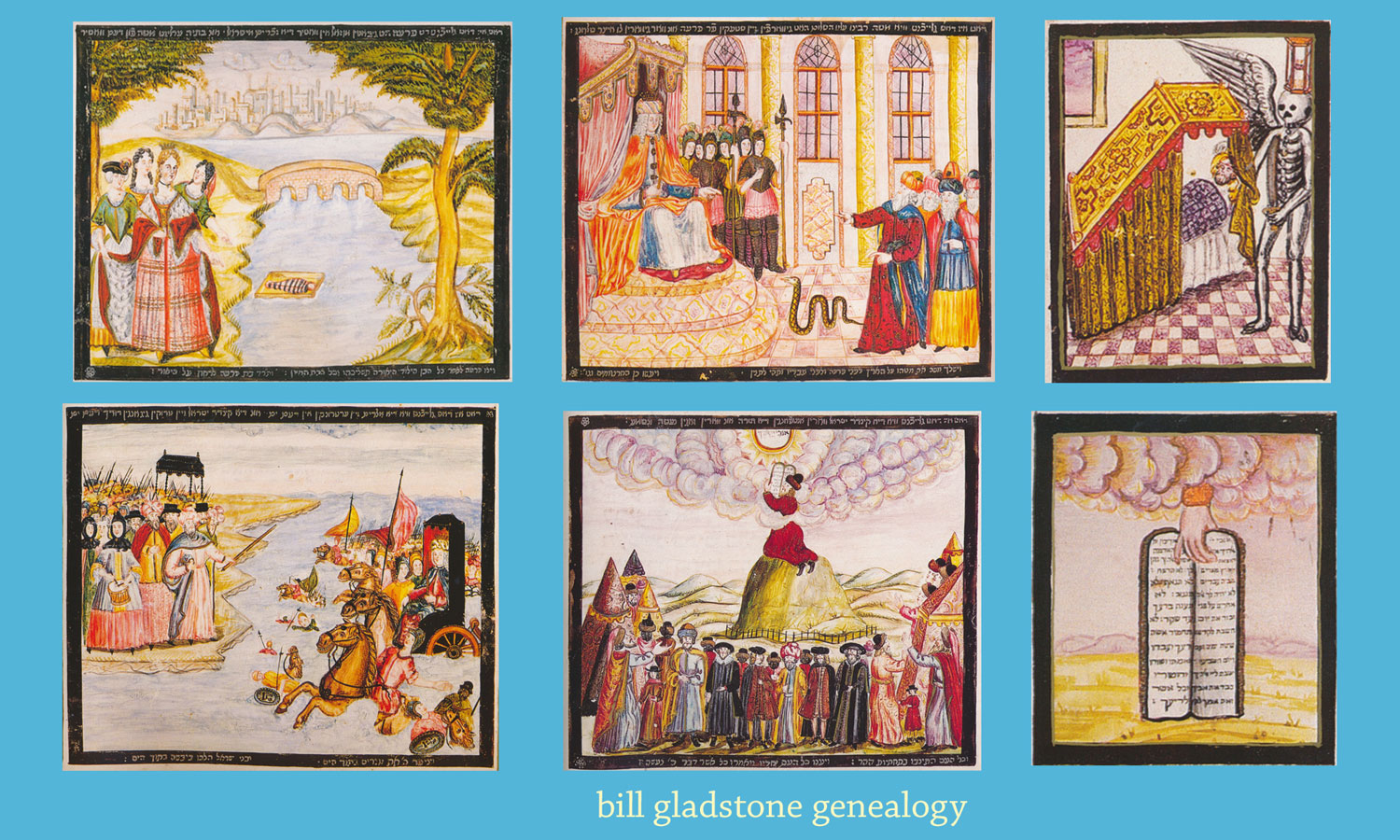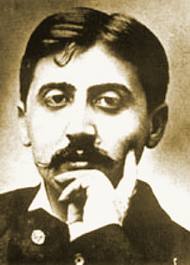Swan’s Way, a book by French author Henri Raczymow that has been recently released in English translation (Northwestern University Press), is a probing literary inquiry into the once-celebrated Jewish dandy in late 19th-century French society upon whom writer Marcel Proust modeled Charles Swann, a major character in his famous novel Remembrance of Things Past.
Raczymow, who was in Toronto last month (c2001) to read at the International Festival of Authors, explained that the model for Proust’s character was Charles Haas (1832-1902), a prominent Parisian socialite now largely forgotten.
“Proust was fascinated by him because he was very handsome and because he had a lot of success with the aristocracy and with women,” Raczymow said in an interview with The CJN. “Proust was very jealous of him and took his revenge by writing about him. In the novel, Proust’s narrator is very ambivalent about Swann, at one point by admiring him and at another by making him ugly.”
Setting out to write a biography of Haas, Raczymow found few worthy biographical sources; one of his biggest coups was in locating a great- great-granddaughter of the elusive figure. “To find anything of Haas was very difficult. I was like a detective, looking for traces. This man was famous in his time but nothing remains of him because he didn’t do anything — he didn’t write and he wasn’t an artist. Except for what Proust has done in his novel, one can find only tiny traces of him.”
Swan’s Way “is a comparison between the real Charles Haas and the fictive Charles Swan,” the author said. “It’s an inquiry. It’s also a journal of the inquiry itself — and maybe it’s an impossible inquiry for the reason I said before, because this character in reality is very insignificant, contrary to what Proust did with him in the novel.”
Haas was apparently typical of many French Jews of the period who wanted their Jewishness to be invisible in society; many preferred the label “Israelite” rather than Jew, according to Raczymow.
French Jews of the late 19th century, including Albert Dreyfus, “were ‘juives honteux,'” he said. “That means they were ashamed to be Jews. They had become too liberal and too assimilated. They were French outside and Jews at home.”
Proust’s mother was Jewish but he “lived and died as a Catholic, so he had nothing Jewish about him. But he used to know about his maternal branch, he knew the Bible, and he knew very well the Jewish milieu.”
Published in installments beginning in 1914, Proust’s massive, multi-volumed novel remains requisite reading on university campuses because of the advances he brought to the novelist’s art, essentially achieving in literature what the impressionists were achieving in the visual arts. His obsessions with time, memory, sensation and illusion added modern psychological filters to narrative techniques that earlier storytellers like Balzac and Dickens hadn’t developed.
Proust excels at revealing myriad complex and often contradictory facets of character. Raczymow likens the effect to “a cubist painting by Picasso so that you can see all aspects of a person, and you can even see behind him.”
In some ways Raczymow uses similar impressionistic devices in Swan’s Way. Part novel and part essay, the book begins as a literary meditation but turns a corner and becomes an investigation.
Explaining that he likes to build upon another writer’s fictive creations as if they were real, Raczymow described his book as an exploration of the gap between fiction and reality. “What impressed me was the emptiness of the historical character of Charles Haas, as compared to the magnificent portrait that Proust had done of him as Swann.”
Because Proust drew several vivid Jewish portraits, he has in effect given us “a total sociology of the Jewish community in Paris between 1870 and 1920,” Raczymow said.
A teacher at a Jewish high school in a Paris suburb, Raczymow said that being Jewish in France “is not as bad” as people might think from reading the newspaper headlines. The recent wave of antisemitic attacks is emanating mainly from disaffected Arabic youth who originated in Tunisia and Algeria, he said.
“It’s not the French: it’s not the government, it’s not the papers, it’s not the television, it’s not the society,” he said. “It’s a little part of the French Arabic community. These people feel they are excluded from the work, from the richness of French society, and they accuse the Jews of preventing their success. They are very antisemitic.” ♦
© 2001







